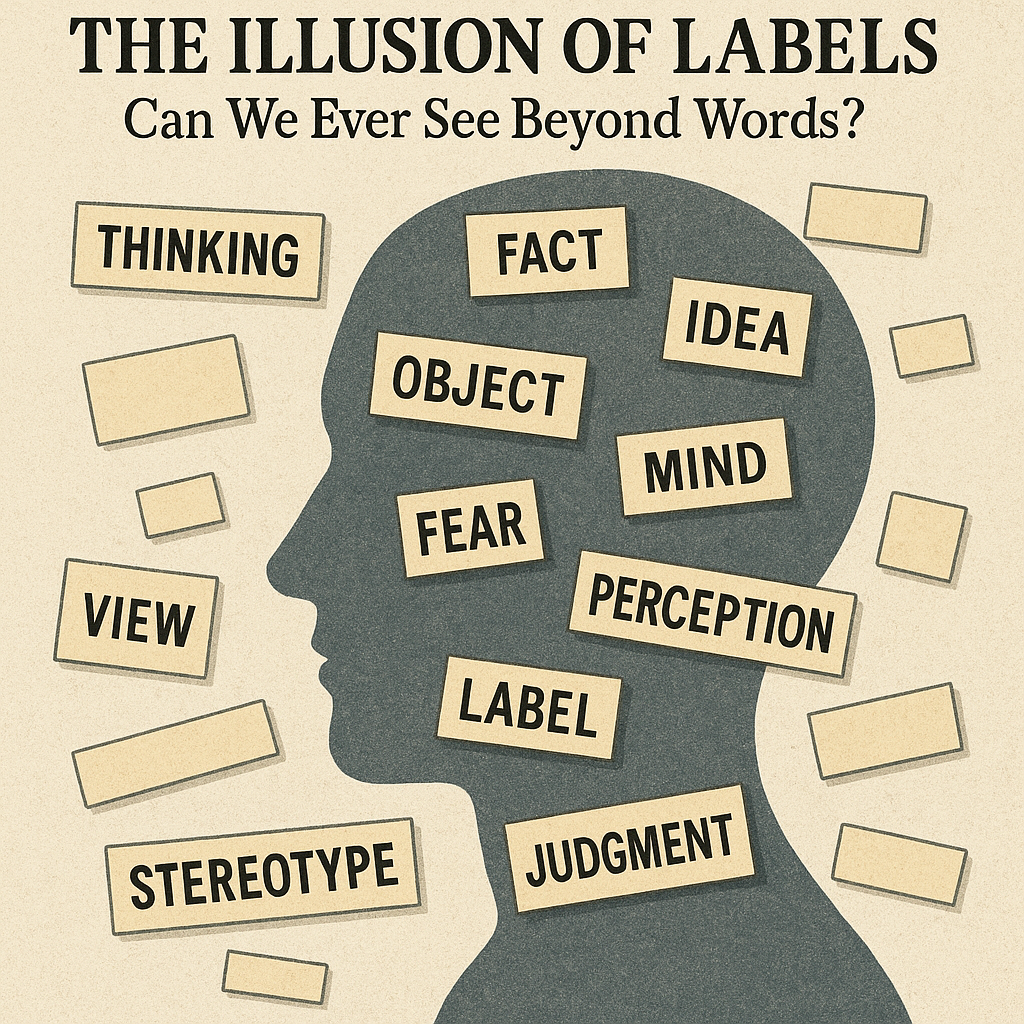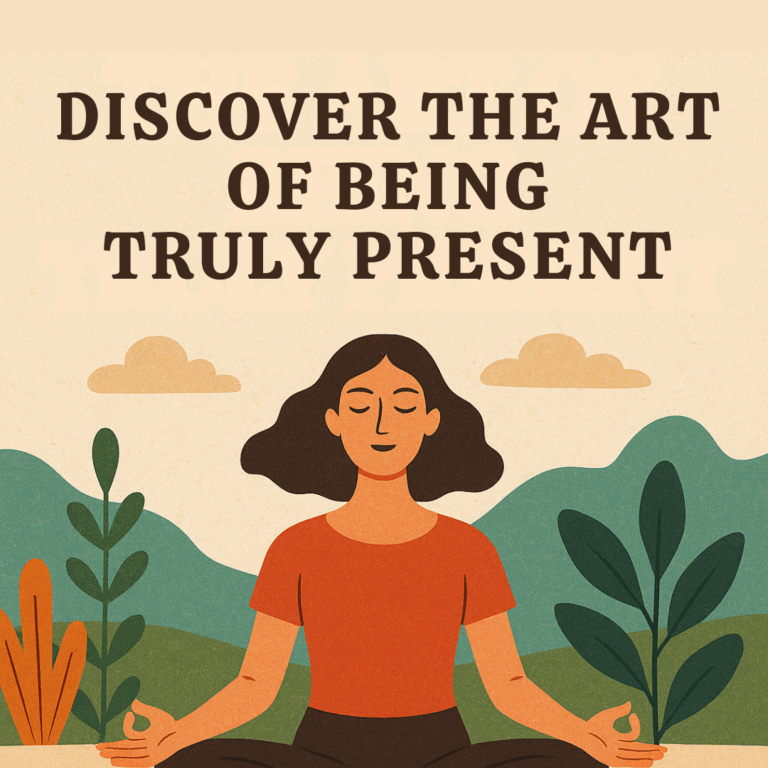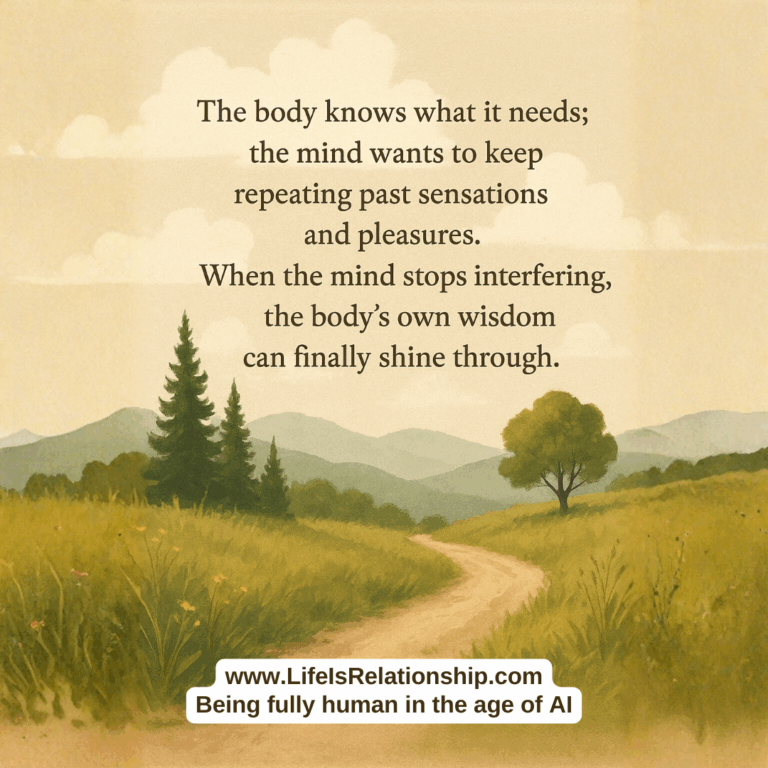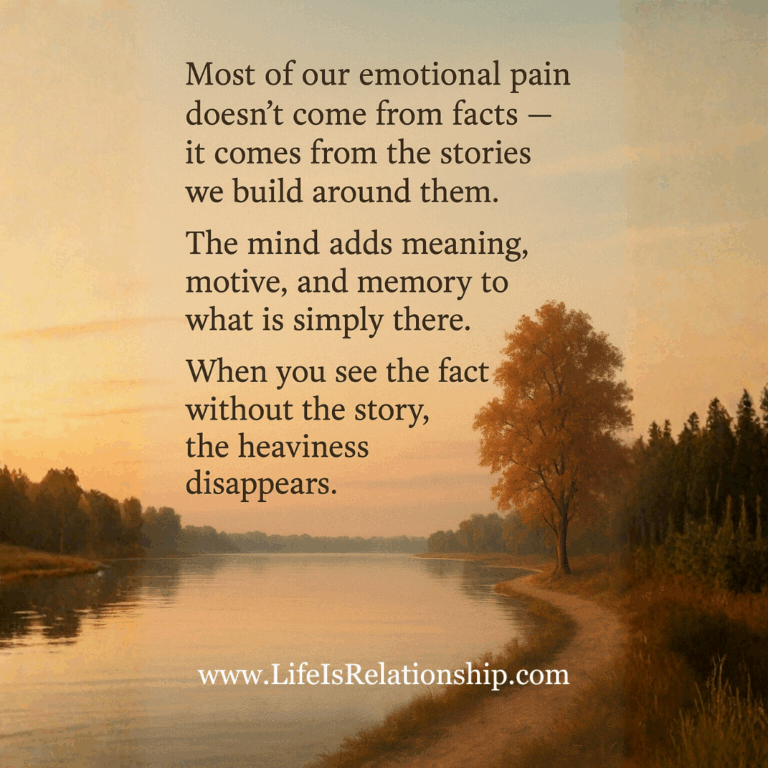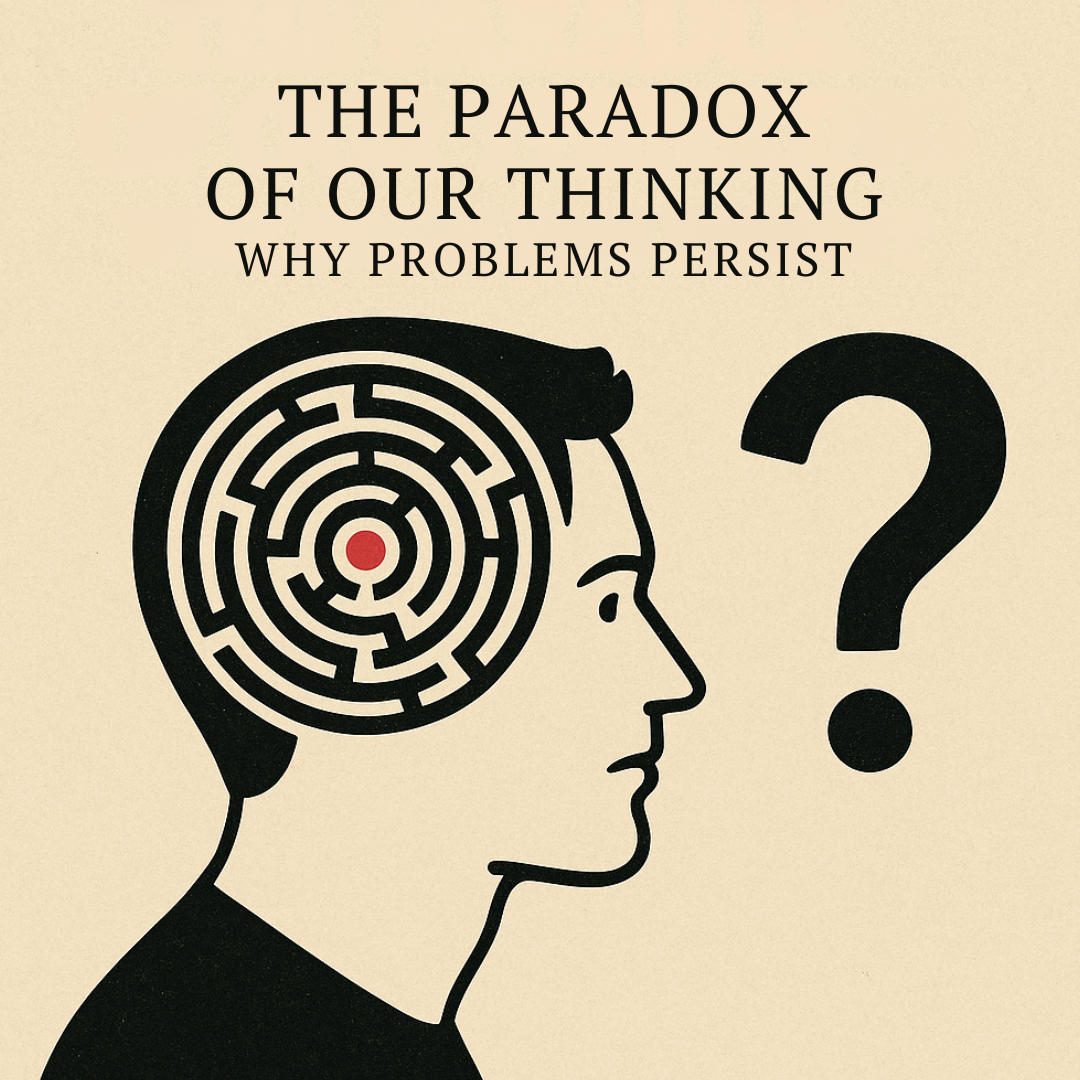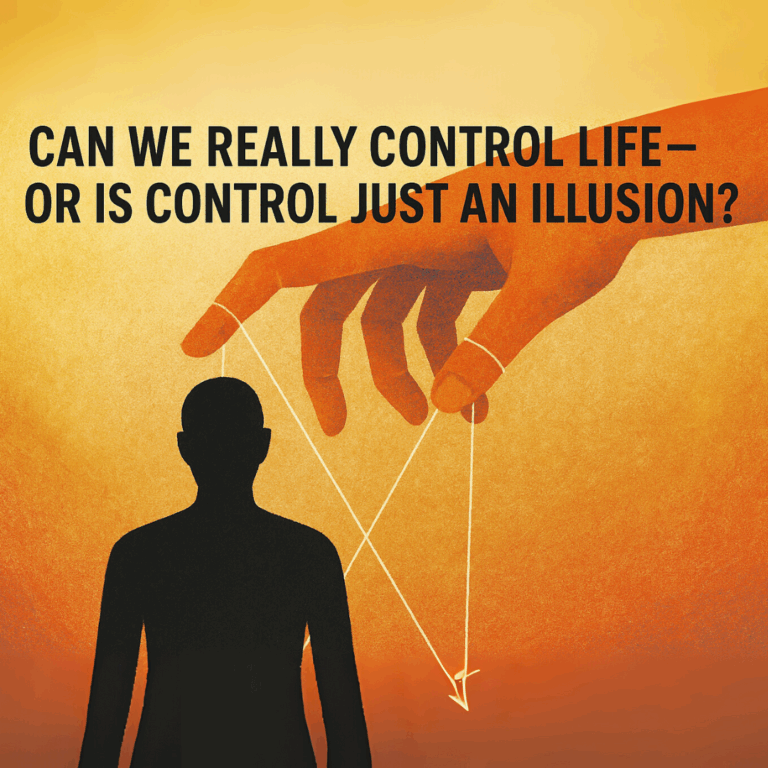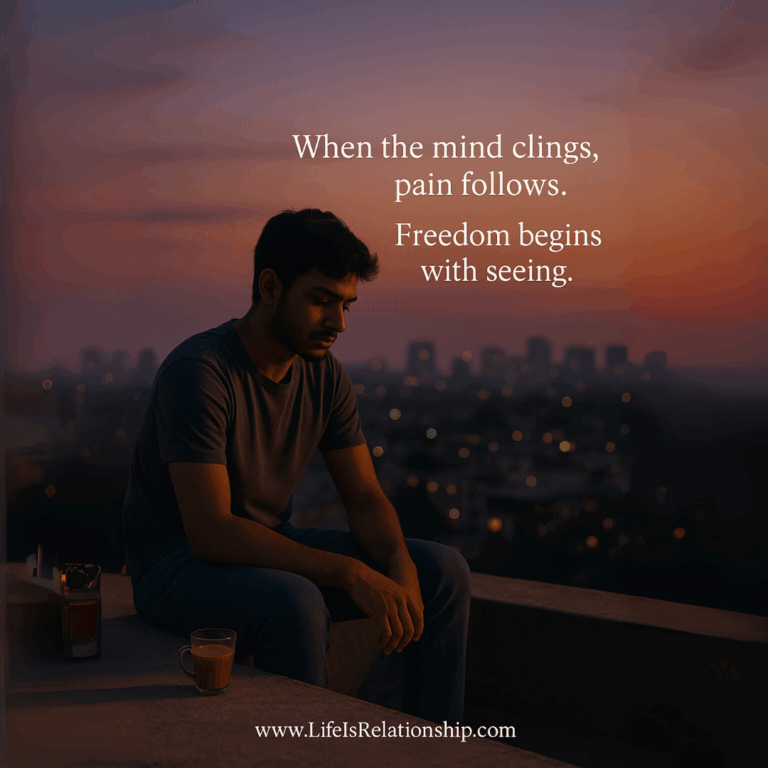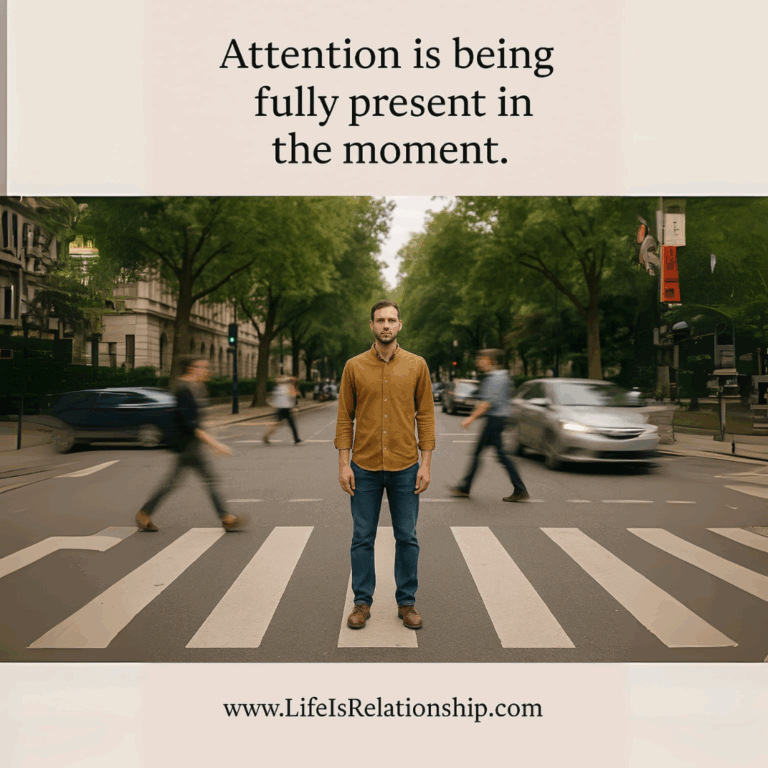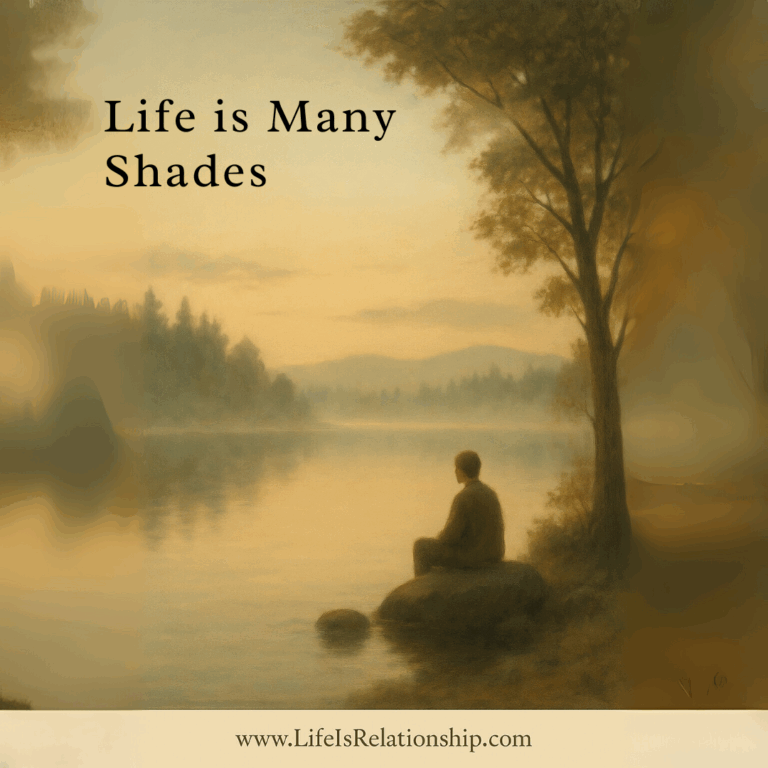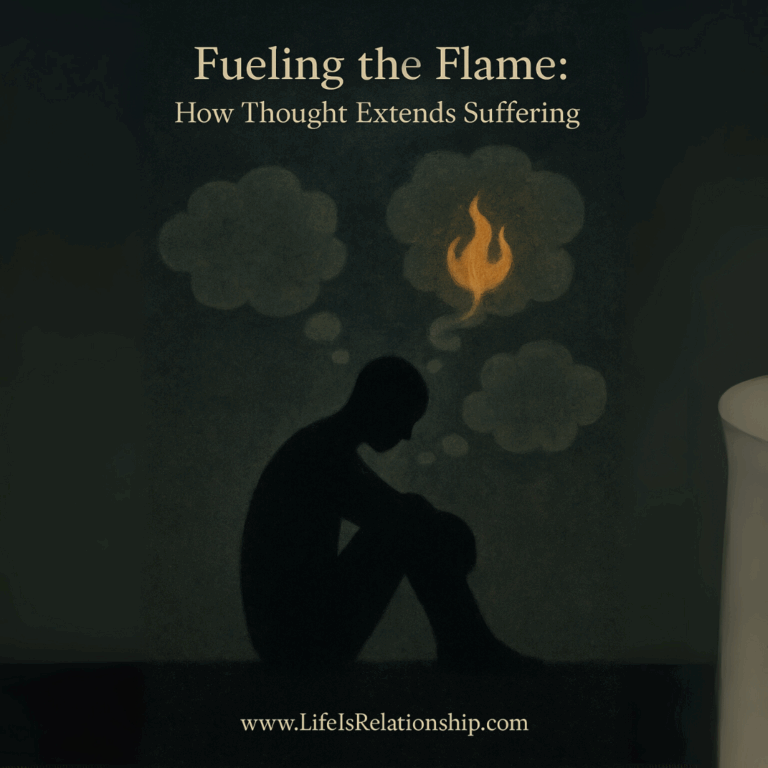Have you ever paused to notice how much weight we give to labels—Hindu, Arab, French, American, Britisher—as if those words describe the whole of a living, breathing human being?
But what do these labels actually mean?
Take two people who both call themselves French. One may love wine and cheese, the other may not touch either. One might hold conservative political views, another might be radical and progressive. Their lives, their habits, their outlooks may have little in common beyond geography or ancestry.
So what does the label really capture? Almost nothing.
It’s like putting the word tree on a whole forest. The label does not describe the richness, the differences, the constant changes happening within that forest.
Similarly, the label Arab or Hindu or Christian does not capture the depth and variety of people. It is just a word, a mental framework.
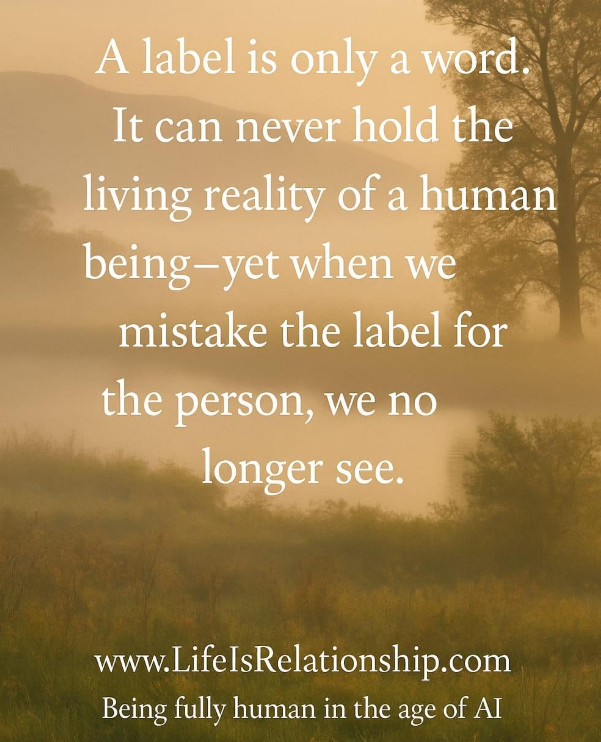
In reality, life is far more fluid, varied, and nuanced than our labels allow.
The problem is that we don’t just use these labels for convenience. We live through them. We look at others as “this kind” or “that kind,” and immediately, the past—our conditioning, our inherited meanings, our cultural biases—interferes with seeing the person directly.
This is where misunderstanding and conflict arise. Wars, prejudices, divisions—so much of it fueled by words and identities that have no actual substance outside of our thinking.
Imagine meeting someone without a single label attached to them. Not as a Hindu, not as an American, not as a Muslim, not as rich or poor—but just as another human being standing before you.
Suddenly, the encounter is fresh. There is space for direct contact, not narrowed down by categories imposed by history or culture.
The question, then, is simple: are we willing to look at each other without the filter of labels?
Can we meet life as it is, not through the descriptions we’ve inherited?

